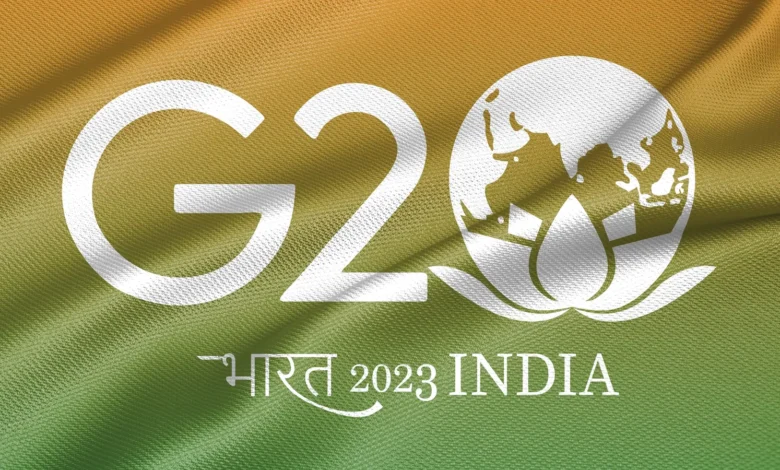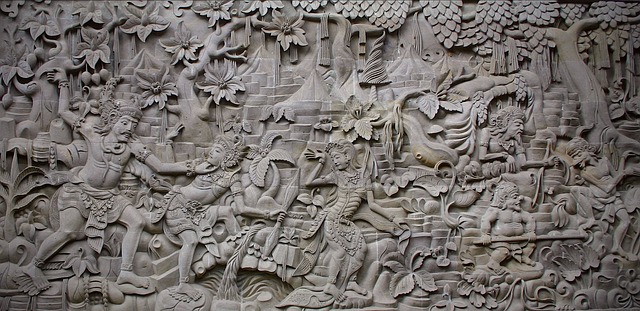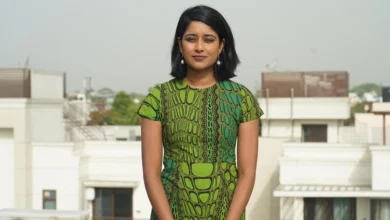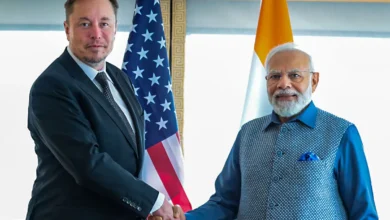‘Bharat that is India’: Ramayana, Mahabharata and other works discussed in G20 booklets titled
The two booklets for G20 delegates, emphasise the historical freedom of democratic choice and change that Indians have traditionally had.

The central government has launched a set of two booklets that trace India’s history back to 6,000 BCE ahead of the G20 Summit, when heads of state and government will gather with major leaders of various institutions. At the summit, two booklets—Bharat, The Mother of Democracy and Elections in India—will be presented to the dignitaries.
In a combined 40 pages, both booklets discuss Indian history, including the Ramayana and Mahabharata, as well as Chhatrapati Shivaji and Akbar tales and the country’s transition to political democracy. The themes of the two booklets centre on the idea that democracy has existed in India for thousands of years.
These documents have been made available as soft copies on the G20 website.
Ramayana and Mahabharata-
According to the booklet, governance for the welfare of the people has been the core theme of all philosophy in India since the beginning of time, and democratic features may be seen even in the Ramayana and the Mahabharata.
“Nothing epitomises this better than the Ramayana…when the ancient kingdom of Ayodhya needed a new king, the old King Dashratha sought the approval of his council of ministers and people’s representatives. They unanimously confirmed Rama as the people’s choice after detailed consultations with all sections of society,” The booklet also mentions that the king was chosen by his subjects.
Additionally, it tells how Yudhishthira, the grand-nephew of the dying patriarch Bhishma, received the principles of sound government from him. “The essence of a king’s dharma is to secure his subjects’ prosperity and happiness” booklet says.

Ashoka the Great-
The booklet also details how, between 265-238 BCE, Emperor Ashoka put the welfare of people at the forefront in his policies, initiating regular minister elections every five years.
“Ashoka’s ideologies of peace, welfare and universal brotherhood are preserved in the form of his edicts across the Indian subcontinent even today and the national emblem of India is from Ashoka’s capital, serving as a constant reminder of democracy in India,” mentions the booklet.
The reign of Akbar-
It also portrays Akbar’s reputation as an understanding ruler with remarkable and far-reaching views on democracy. Akbar felt that good government should consider the welfare of all citizens, and he really practised this form of democracy, according to the booklet.
“Akbar introduced the doctrine of ‘Sulh-i-Kul’ i.e. universal peace, as a tool against religious discrimination. He abolished jizyah, a tax levied on non-Muslims. To create a harmonious society, he propounded a new syncretic religion known as ‘Din-i-ilahi’ or divine faith…a group of nine wise people, known as navratna, served as his counsellors, while implementing his pro-people schemes,” the booklet states.
Chhatrapati Shivaji-
According to the booklet, Chhatrapati Shivaji supported democratic government in which all citizens had equal rights and representatives were conscious of their responsibilities. Shivaji’s “legacy of loktantra” was carried on by his successors. The booklet explains how Shivaji chose eight ministers to reflect his decentralised governance and claims that even the king was powerless to ignore their advice.
The second booklet, which has 15 pages, chronicles India’s electoral history from 1951 through 2019. The document emphasises India’s advancements in the area of democracy, from the number of candidates to the arrangements made by the authorities.
Here are links to the two booklets’ soft copies: –
- Bharat- The Mother of Democracy –g20.org/content/dam/gtwenty/gtwenty_new/document/mod/Mother_of_Democracy.pdf
- Elections In India – Mother_of_Democracy_Elections_In_India.pdf (g20.org)
Please, also have a look into : Trudeau declined to stay in the presidential suite during India’s G20 Summit



